Members directory
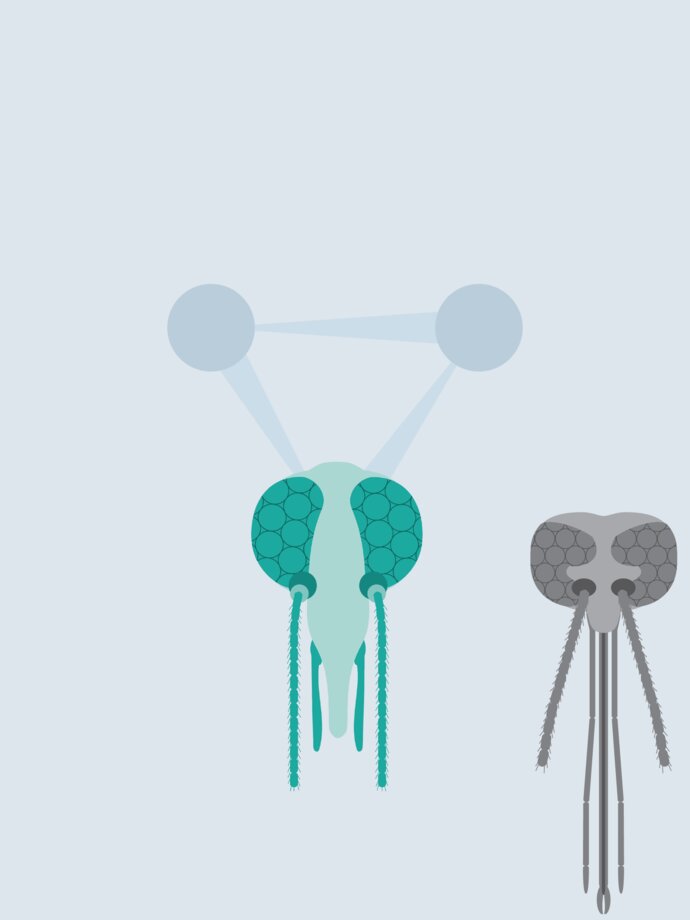
Nabil
HADDAD
Taxonomy of Sand flies, mosquitoes and Culicoides
Epidemiology of related diseases: Leishmaniasis, West Nile and other arboviruses
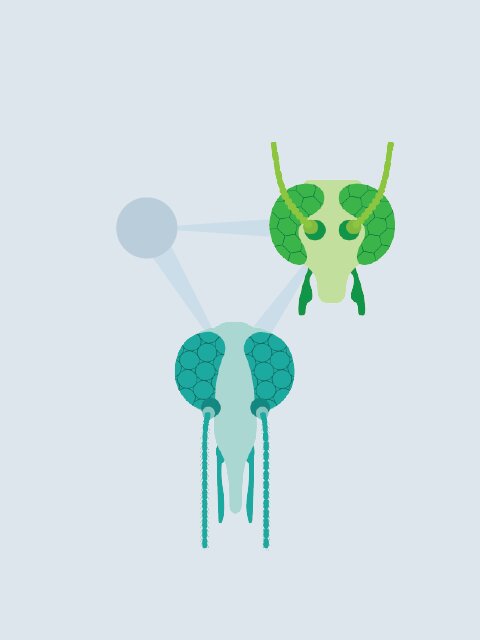
Dr
Daniel
Hagan
- Ultrastructure of Biting Midges and Sandflies
- Behavior of Biting Midges and Sandflies
- Ecology of saltmarsh breeding Biting Midges
- Insect attractants for Biting Midges

Dr
Lee
Haines
Vectors: tsetse, sand flies, kissing bugs, mosquitoes
Parasites: trypanosomes, leishmania
Viruses: Zika
Arthropod microbiota
Host-pathogen-symbiont interactions
Vector control
Insect immunology

Dr
Martin
Hall
Biology and behaviour, metamorphosis and immature development, visualising host-parasite interface
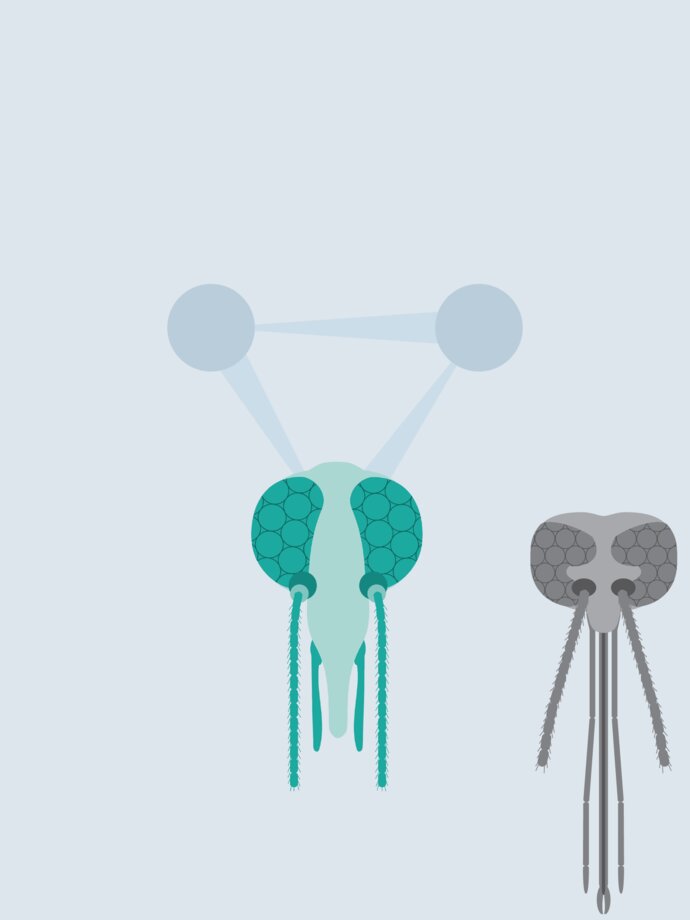
Dr
Mohammed
HAMMOU

Dr
Lara
Harrup
My research interests focus on combining field entomology and ecology with genetic and genomic characterisation of Culicoides to investigate vector-virus-host interactions for economically important arboviruses including bluetongue virus, African horse sickness virus, Schmallenberg virus and Oropouche orthobunyavirus. I specialise in high containment arbovirology studies and the establishment of vector surveillance networks and research projects in logistically difficult areas.

Dr
Rupa
Harsha
Bionomics of biting midges,bio systematics,insect microbiology,Laboratory rearing of important species of Culicoides and studying their life history traits
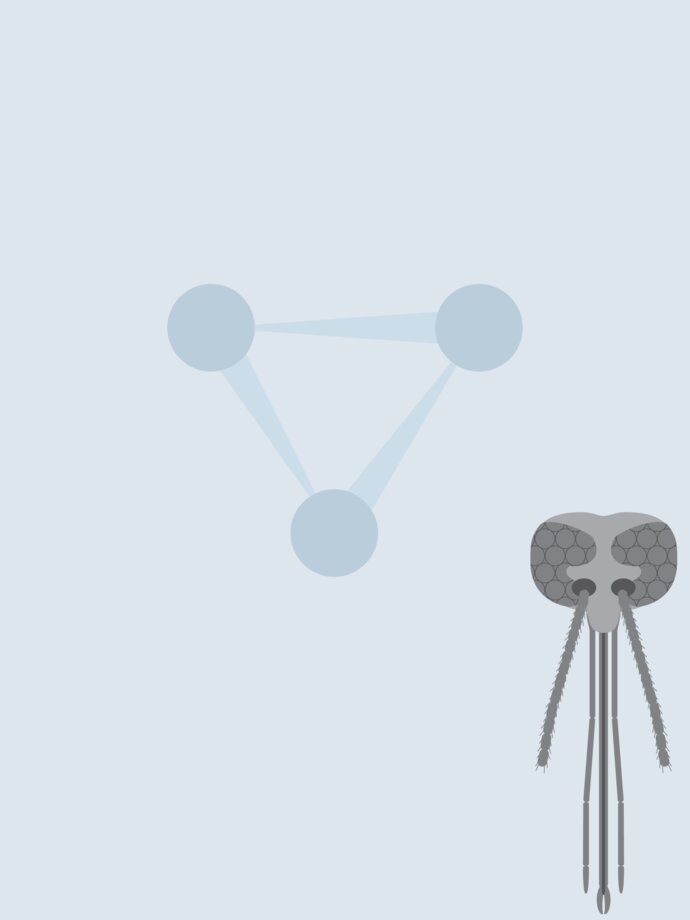
Dr
Frances
Hawkes
Vector behaviour, ecology, surveillance, and control.

Dr
Paul
Hebert
DNA-based identified systems for animal life, especially Arthropoda
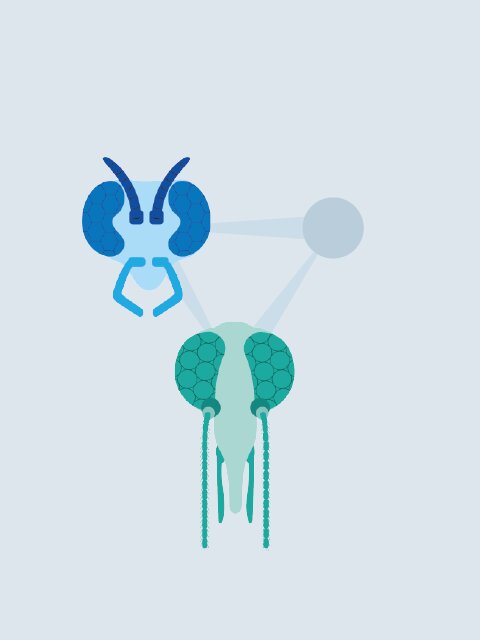
Dr
Luis M.
Hernandez-Triana
Working with ACDP3/SAPO4 pathogens within Biosafety Level 3 (BSL3) facilities in order to carry out vector competence studies in arthropods (mosquitoes). This also includes the preparation of SOPs and Biological Risk Assessments as well as training junior staff.
Characterization of arboviruses of medical and veterinary importance (e.g., Zika virus, West Nile virus, Rift Valley Fever virus, Usutu virus, Batai virus, Japanese Encephalitis virus) for which I have experience in tissue cell culture for virus propagation and titration, RT qPCR, DNA/RNA extraction methods and sequencing as well as serological tests.
Management of arbovirus laboratory and insectary facilities within BSL3 as well as non-containment, and line management of junior staff.
Molecular approaches and application of non-destructive techniques for vector species delineation using genetic markers such as COI DNA barcoding, ITS2, as well as for the identification of host DNA within arthropod’s blood meals (Xenosurveillance).
Application of molecular techniques for pathogens detection in arthropods such as ticks, sand flies, and mosquitoes, e.g. Piroplasms, bacteria, tick borne encephalitis.
Preparation of scientific publications, grant applications, attending national and international meetings, establishment of international collaboration, and provision of consultancy in animal health as well as communication with DEFRA stakeholders and senior management.
Curatorial experience, and collection and field-based research towards the systematics of arthropods of medical/ veterinary importance (e.g., mosquitoes, ticks, black flies, sand flies) as well as of agricultural relevance (e.g., plant bugs, termites).
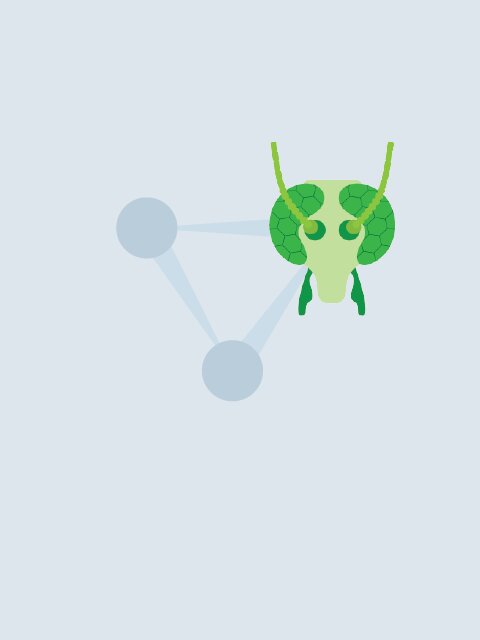
Dr
Andrew
Hope
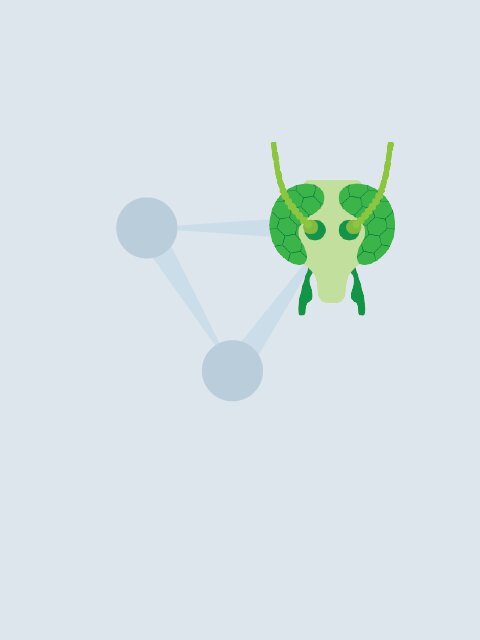
Dr
Matthew
Hopken
Phylogenetics
Population genetics
Evolutionary Biology
Ecology
Conservation Genetics
Genomics
metabarcoding/metagenomics

Professor
Richard
Hopkins
Insect Behaviour.
Host finding Behaviour
Insect oviposition

Mr
NAZMUL
HOQUE
Kala-azar or Visceral Leishmaniasis (VL) is a parasitic disease which has been recorded in South-East Asia during early 1800’s. It seems to have blowout along the Ganges and the Brahmaputra rivers, the major transport routs of Bengal and Bangladesh. In this area, Kala-azar was first described in 1824 in the Jessore district where about 75,000 people died. An intensive control program aimed at the eradication of malaria was mounted in the late 1950s and early 1960s throughout the South Asian sub-continent with the main effort based on indoor residual spraying (IRS) of DDT. Kala-azar is mainly caused by Leishmania donovani, L. infantum, or L. chagasi, but occasionally these species may cause other forms of disease. The cutaneous form of the disease is caused by more than 15 species of Leishmania.Leishmaniasis is mainly transferred by the bite of infected female phlebotomine sandflies which can transmit the protozoa Leishmania. This sandflies act as the vector.
VL is now endemic in many Bangladeshi areas, with the Mymensingh district representing over 50% of the cases. There is substantial underreporting. In 2007, the estimated number of active cases was 136,500. However, less than 5,000 cases were reported that same year. The estimated incidence of VL, according to recent studies, is 15.6/1,000 person-years in Fulbaria and 27/10,000 population in Godagari and Rajshahi.
A survey, conducted in 2006-2007, showed that when seeking care outside the community, 52% of patients made use of the public sector, 13% used poorly trained private practitioners and 28% used local chemists in order to obtain treatment. The awareness of VL is very low. Generally, in communities, VL is seen as ‘any fever that cannot be cured by the local drug sellers’.
As sandflies play a significant role in spreading the dangerous VL disease in different parts of Bangladesh, so this alarming rate of occurring VL in Bangladesh lead me to fix the mind setup to work with sand flies.
Kala-azar or Visceral Leishmaniasis (VL) is a parasitic disease which has been recorded in South-East Asia during early 1800’s. It seems to have blowout along the Ganges and the Brahmaputra rivers, the major transport routs of Bengal and Bangladesh. In this area, Kala-azar was first described in 1824 in the Jessore district where about 75,000 people died. An intensive control program aimed at the eradication of malaria was mounted in the late 1950s and early 1960s throughout the South Asian sub-continent with the main effort based on indoor residual spraying (IRS) of DDT. Kala-azar is mainly caused by Leishmania donovani, L. infantum, or L. chagasi, but occasionally these species may cause other forms of disease. The cutaneous form of the disease is caused by more than 15 species of Leishmania.Leishmaniasis is mainly transferred by the bite of infected female phlebotomine sandflies which can transmit the protozoa Leishmania. This sandflies act as the vector.
VL is now endemic in many Bangladeshi areas, with the Mymensingh district representing over 50% of the cases. There is substantial underreporting. In 2007, the estimated number of active cases was 136,500. However, less than 5,000 cases were reported that same year. The estimated incidence of VL, according to recent studies, is 15.6/1,000 person-years in Fulbaria and 27/10,000 population in Godagari and Rajshahi.
A survey, conducted in 2006-2007, showed that when seeking care outside the community, 52% of patients made use of the public sector, 13% used poorly trained private practitioners and 28% used local chemists in order to obtain treatment. The awareness of VL is very low. Generally, in communities, VL is seen as ‘any fever that cannot be cured by the local drug sellers’.
As sandflies play a significant role in spreading the dangerous VL disease in different parts of Bangladesh, so this alarming rate of occurring VL in Bangladesh lead me to fix the mind setup to work with sand flies.

Mr
Md. Sahadat
Hossain
Kala-azar or Visceral Leishmaniasis (VL) is a parasitic disease which has been recorded in South-East Asia during early 1800’s. It seems to have blowout along the Ganges and the Brahmaputra rivers, the major transport routs of Bengal and Bangladesh. In this area, Kala-azar was first described in 1824 in the Jessore district where about 75,000 people died. An intensive control program aimed at the eradication of malaria was mounted in the late 1950s and early 1960s throughout the South Asian sub-continent with the main effort based on indoor residual spraying (IRS) of DDT. Kala-azar is mainly caused by Leishmania donovani, L. infantum, or L. chagasi, but occasionally these species may cause other forms of disease. The cutaneous form of the disease is caused by more than 15 species of Leishmania. Leishmaniasis is mainly transferred by the bite of infected female phlebotomine sandflies which can transmit the protozoa Leishmania. This sandflies act as the vector.
VL is now endemic in many Bangladeshi areas, with the Mymensingh district representing over 50% of the cases. There is substantial underreporting. In 2007, the estimated number of active cases was 136,500. However, less than 5,000 cases were reported that same year. The estimated incidence of VL, according to recent studies, is 15.6/1,000 person-years in Fulbaria and 27/10,000 population in Godagari and Rajshahi.
A survey, conducted in 2006-2007, showed that when seeking care outside the community, 52% of patients made use of the public sector, 13% used poorly trained private practitioners and 28% used local chemists in order to obtain treatment. The awareness of VL is very low. Generally, in communities, VL is seen as ‘any fever that cannot be cured by the local drug sellers’.
As sandflies play a significant role in spreading the dangerous VL disease in different parts of Bangladesh, so this alarming rate of occurring VL in Bangladesh lead me to fix the mind setup to work with sand flies. The Relative abundance, Identification, Ecology, Monitoring and Management of sandflies can be a good topic for conducting research.

Mr
Md. Shahadat
Hossain
Interested to work with vectors and vector borne diseases

Dr
Emma
Howson
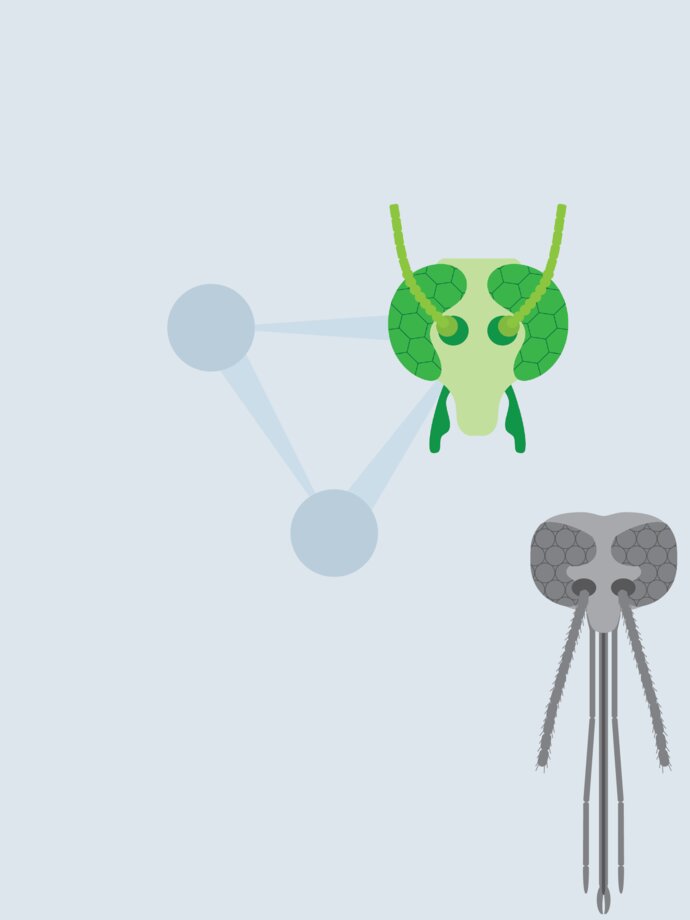
Dr
Lawrence
Hribar
Control, life history, geographic distribution, morphology

Karine
HUBER
Population genetics and phylogeography on mosquitoes, hard ticks and Culicoides
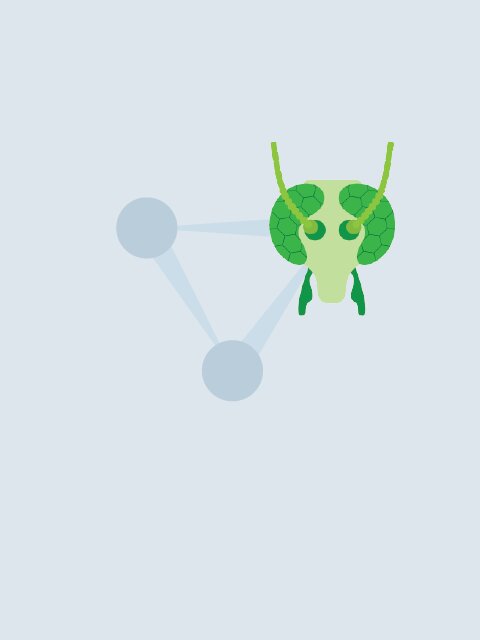
Dr
H. Joel
Hutcheson
Geographical Distribution
Vector Competence
Arthropod-borne diseases of veterinary importance

Mr
Jay
Hutchison
Interested in midge and mosquito behaviour. Especially in relation to repellents and insecticides.